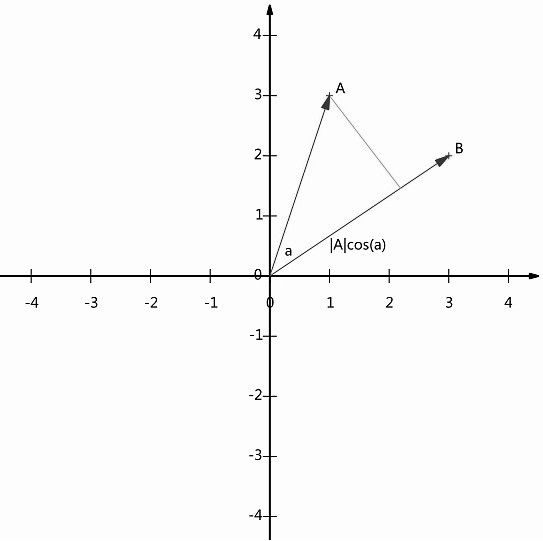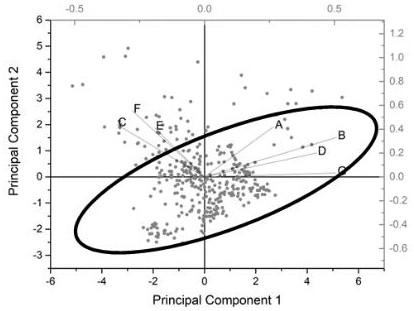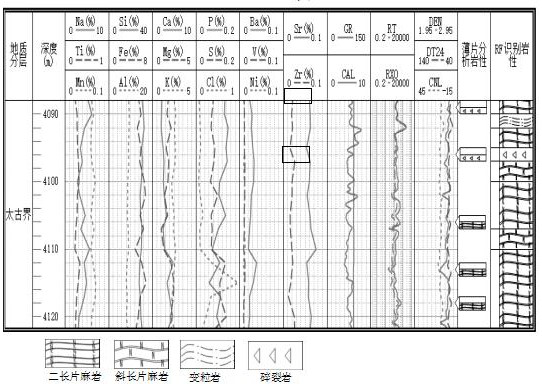XRF data mining algorithm-based metamorphic rock lithology identification method
A data mining and lithology identification technology, applied in the field of oil and gas field exploration, can solve the problems of metamorphic rock lithological subdivision method and metamorphic rock lithological subdivision with less logging data
- Summary
- Abstract
- Description
- Claims
- Application Information
AI Technical Summary
Problems solved by technology
Method used
Image
Examples
Embodiment 1
[0078] The present invention will be further described in detail below in conjunction with actual data processing examples.
[0079] S1. Sort the thin section identification data according to lithology classification, and extract the XRF (element logging) data corresponding to the depth of the thin section, including the following 17 elements: Si, Fe, Al, Na, Ti, Mn, Ca, Mg, K, P, S, Cl, Ba, V, Ni, Sr, Zr:
[0080] The thin section identification data of the regional wells were sorted out, and the subdivision lithology of the metamorphic rock named by the data was used as the standard. Data processing, the lithology of different metamorphic rocks is represented by codes, specifically: 1. monzonite gneiss, 2. metamorphic granite gneiss, 3. alkali feldspar gneiss, 4. plagioclase gneiss, 5. Mixed granite, 6. Gneissic cataclastic rock, 7. Metagranulite, 8. Diorite porphyrite, 9. Altered diabase.
[0081]
[0082] Table 1 Arrangement of XRF and slice identification data (part)...
PUM
 Login to View More
Login to View More Abstract
Description
Claims
Application Information
 Login to View More
Login to View More - R&D
- Intellectual Property
- Life Sciences
- Materials
- Tech Scout
- Unparalleled Data Quality
- Higher Quality Content
- 60% Fewer Hallucinations
Browse by: Latest US Patents, China's latest patents, Technical Efficacy Thesaurus, Application Domain, Technology Topic, Popular Technical Reports.
© 2025 PatSnap. All rights reserved.Legal|Privacy policy|Modern Slavery Act Transparency Statement|Sitemap|About US| Contact US: help@patsnap.com



